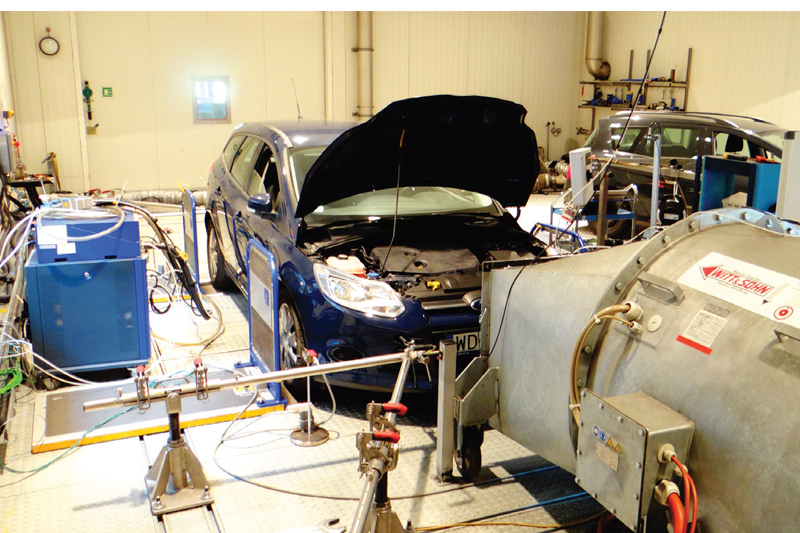
PMF finds out what goes on behind closed doors at EuroFlo, specifically when it’s expanding its product range.
With what is already a big range of exhausts, catalytic converters and DPFs in the UK aftermarket, you might think that EuroFlo is happy to rest on its laurels. However, that couldn’t be further from the truth; every year, the company aims to develop, and delivers hundreds of brand new part numbers into its already sizeable range.
So, how does that happen? The answer may surprise you.
The planning and development of a new EuroFlo part number begins as soon as a new vehicle arrives on the roads. With so many variables affecting the performance of an emission system, it’s important that the company is ready when it needs to be.
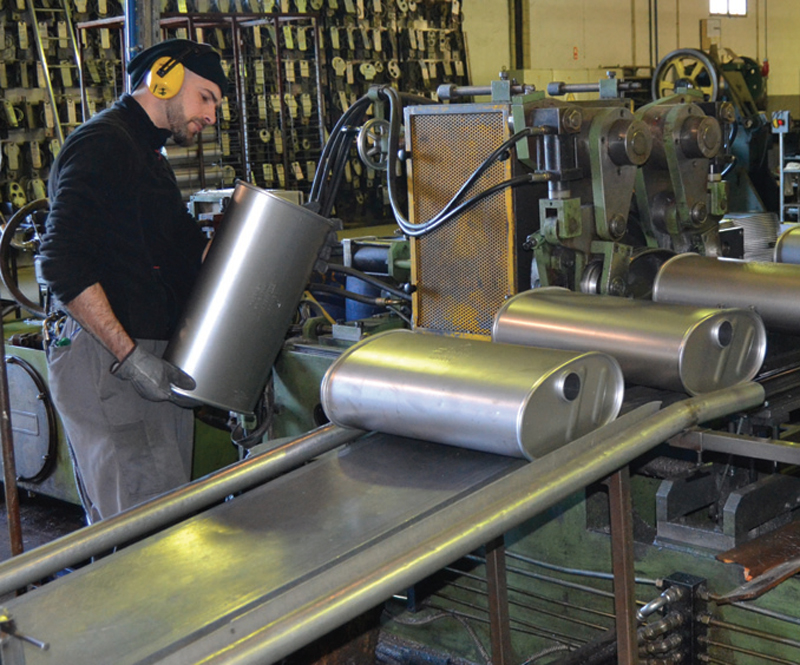
The first step is to create a part number for each component. This enables EuroFlo to accurately gauge customer demand when it begins. The company carefully records all requests, and when demand is deemed to be sufficient, actual part number component development begins.
The first step in the development process is to purchase several original equipment samples. These samples are carefully studied, measured and de-constructed.
Using specially designed software, EuroFlo engineers determine precisely the type of raw material to use for each component, as well as all of the operations required to produce it. The software also helps to identify the correct tooling, settings and tolerances.
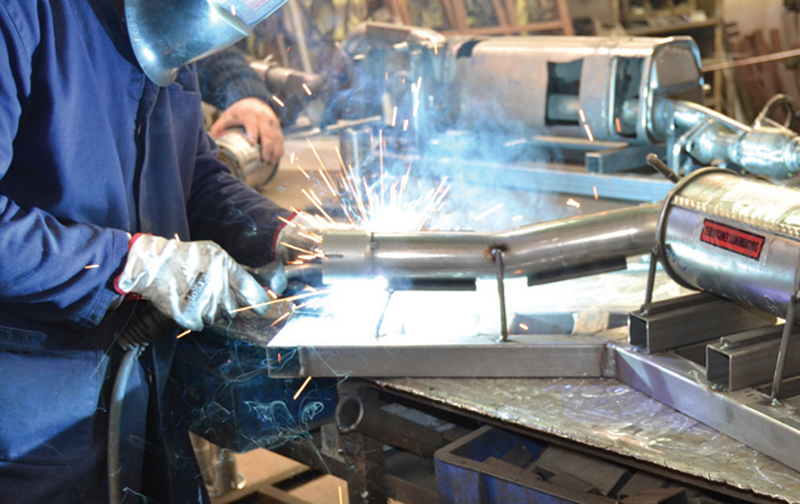
Once all of the required measurements and related information are acquired, the company creates a Quality Control Plan that specifies a detailed set of instructions for manufacturing every individual component that will make up the new part number.
This Quality Control Plan is used during production to enable operators to assess and maintain the highest quality standards at each step of the production process.
Jig construction now begins. A jig is a specially constructed frame that is built around the sample exhaust, cat or DPF, and so fits it perfectly. The jig is precisely engineered with various fixing points and clamps to ensure that all relevant points of the new exhaust, such as brackets, pipes, flanges, etc., are in precisely the right location. All jigs are approved and signed off by the Quality Controller before being released into the production process.
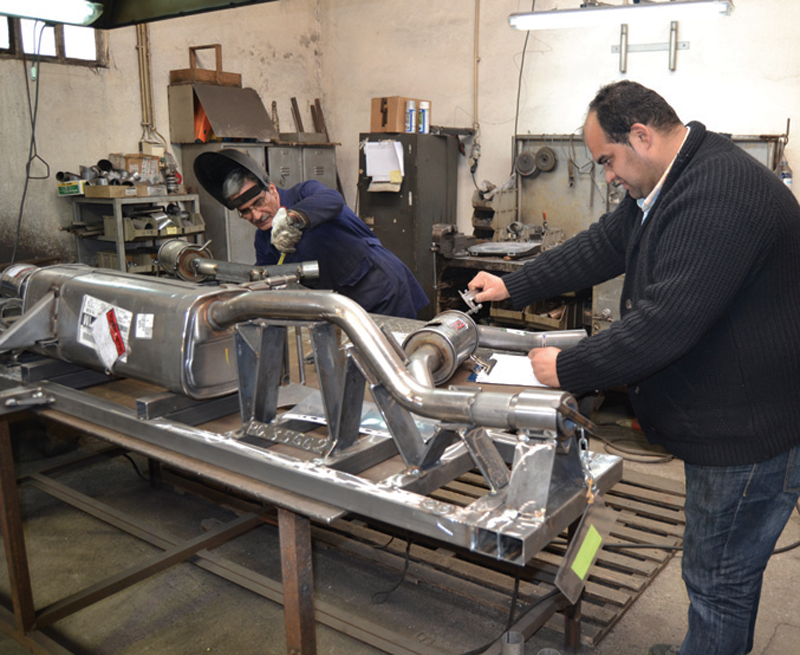
The jigs are used in production to ensure that all of the previously mentioned aspects of the newly manufactured product are an exact match for the original equipment.
Preliminary production begins with a short run that enables EuroFlo to fully test the production process. At this point, the company encourages feedback from the operators, who may suggest more efficient processes to optimise production. All suggestions are considered by the Production Director, who decides whether to implement them.
When the new component goes into production, homologation certification is carried out by performing real-life tests on a specification approved vehicle by an official approved testing centre. These tests ensure that the new EuroFlo product performs at least as well as the OE product.
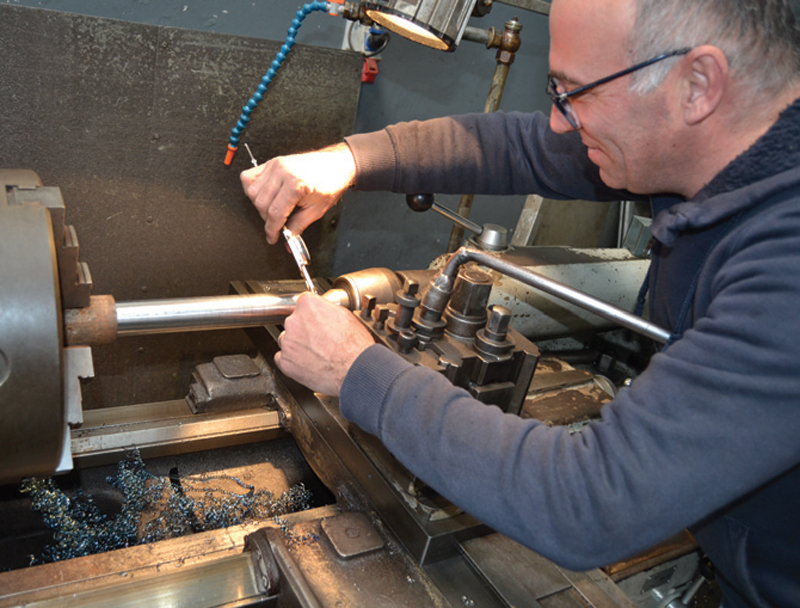
Only once all of these steps have been carried out can the company release the new component into the market. The new products are moved into EuroFlo’s National Distribution Centre to join its existing stockholding of approximately half a million exhausts, catalytic converters and DPFs.
Every day, thousands of EuroFlo emissions components are dispatched from the company’s National Distribution Centre to its 13 strategically located regional distribution centres, ensuring that stock is available when motor factors, and perhaps more importantly, their customers, need it.







